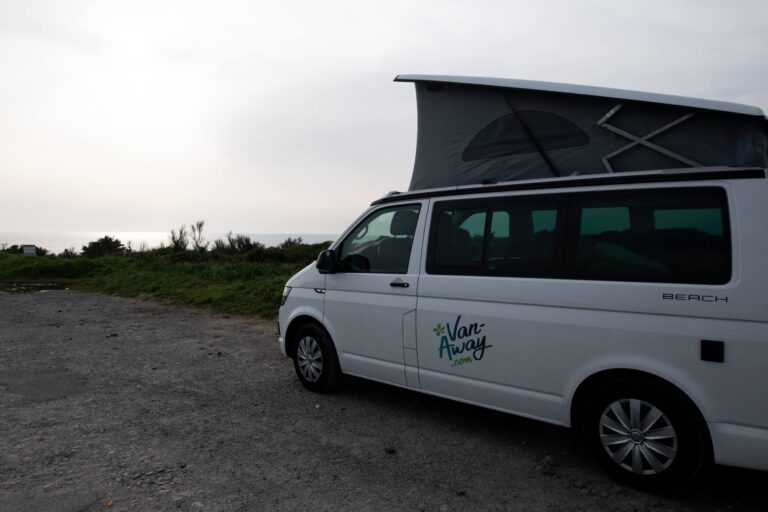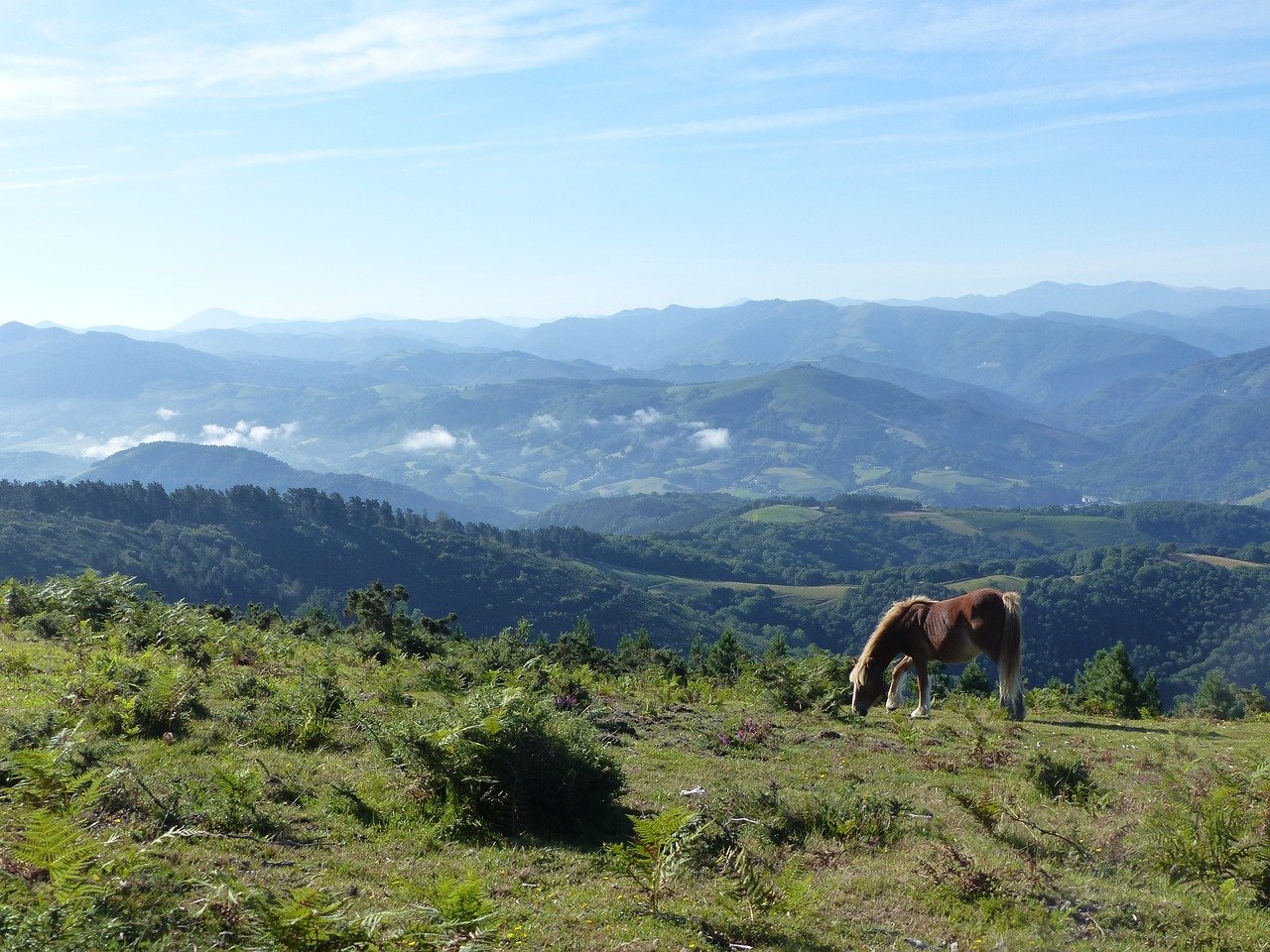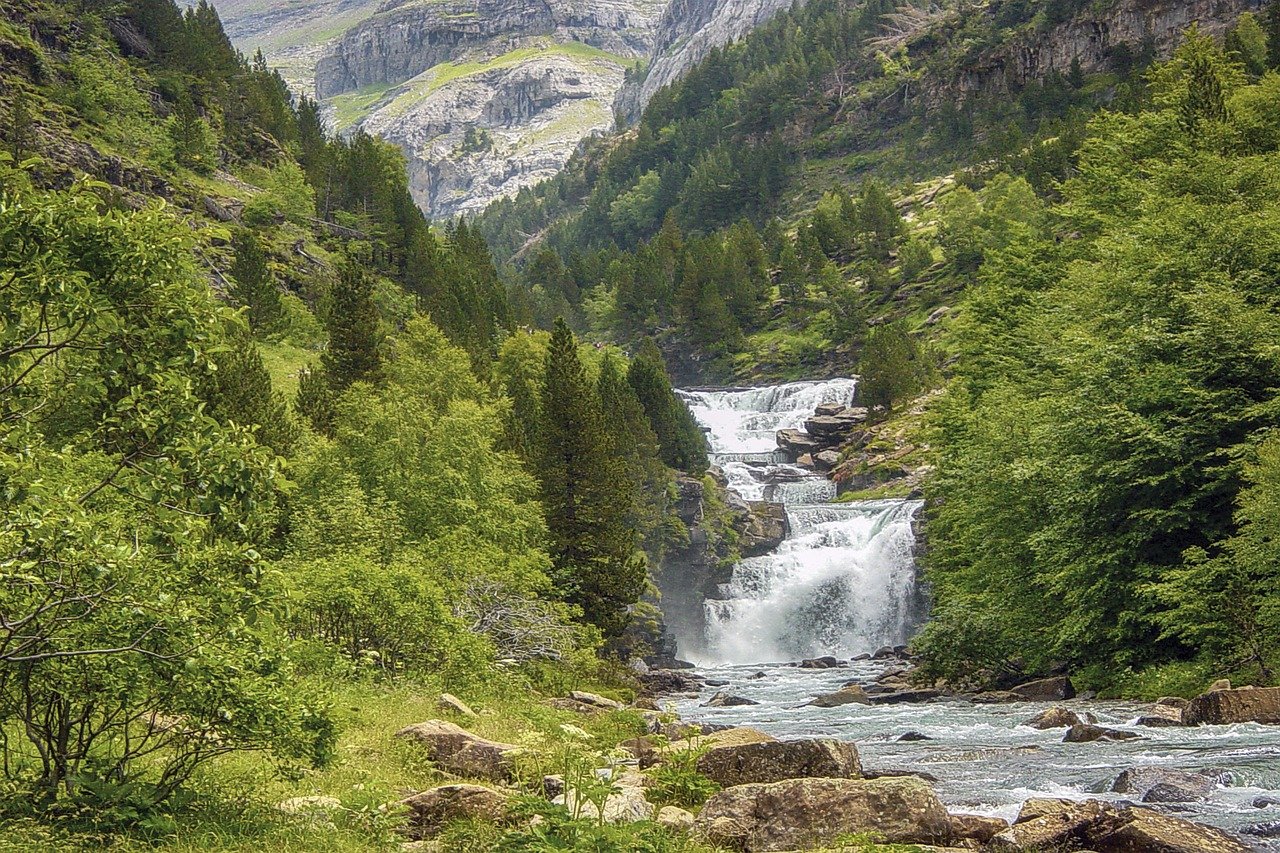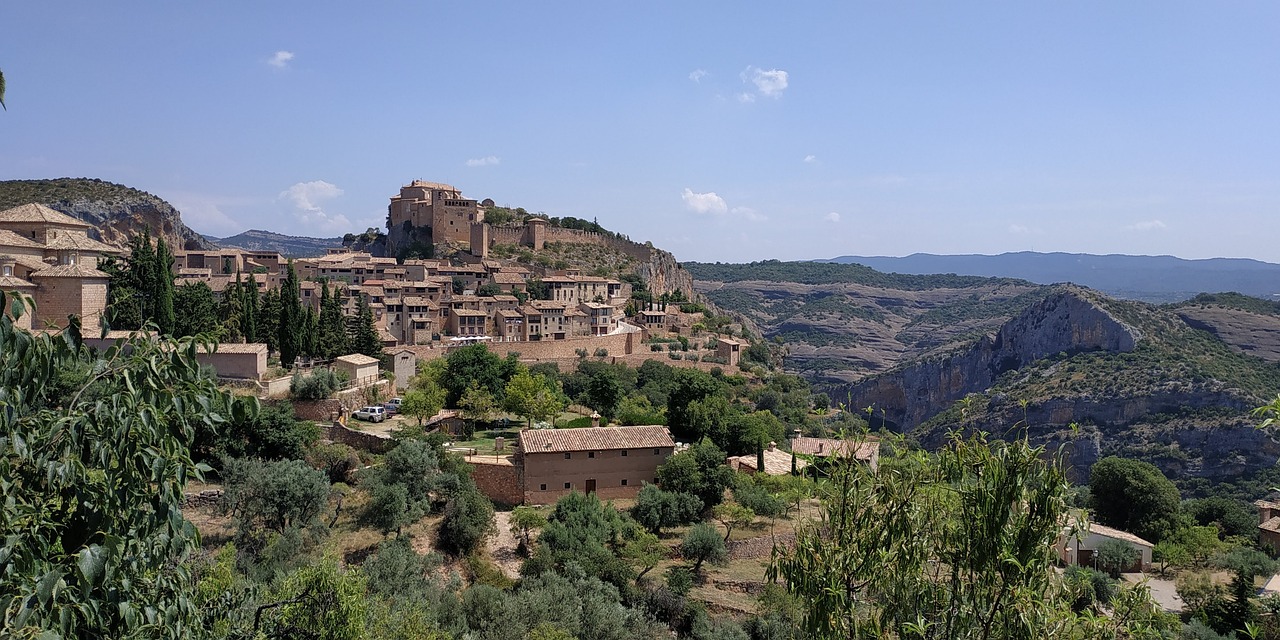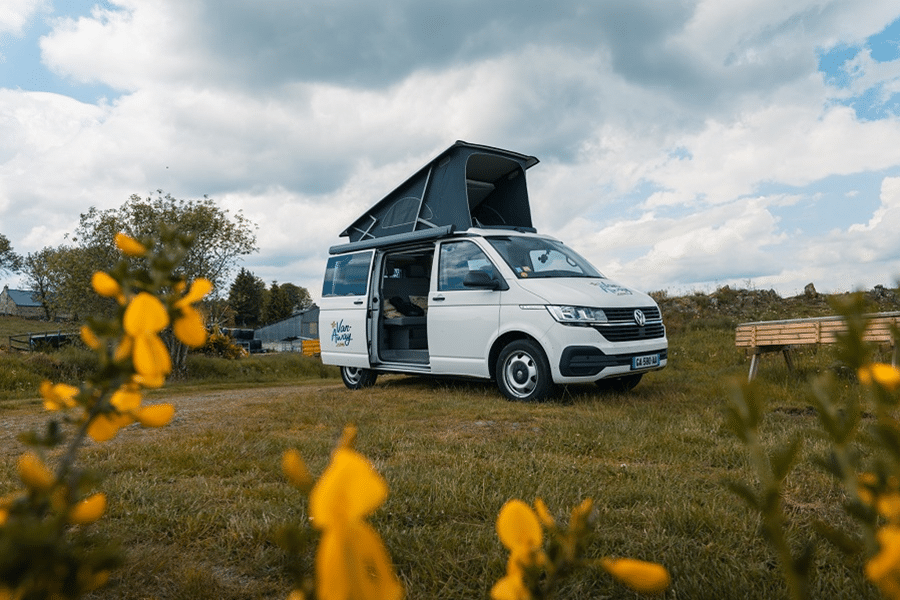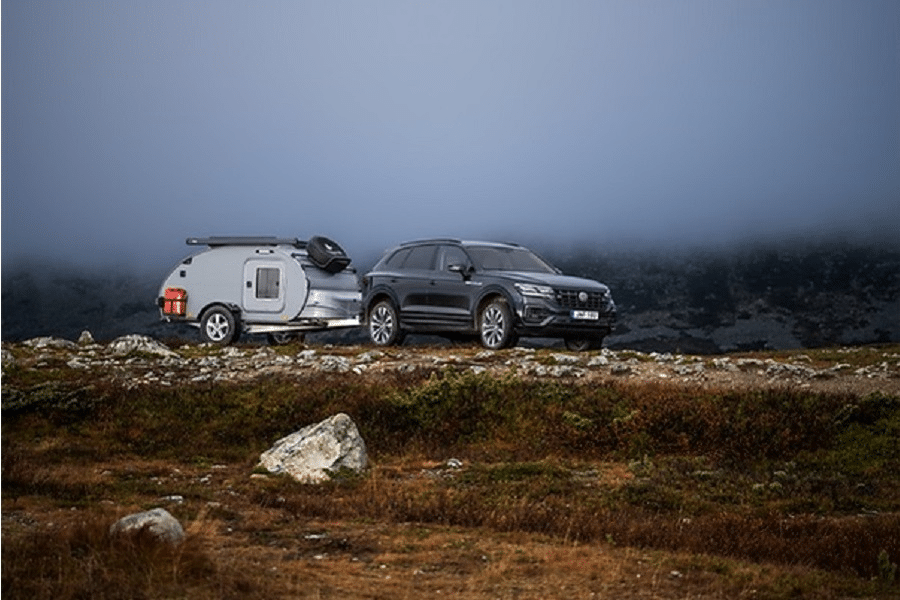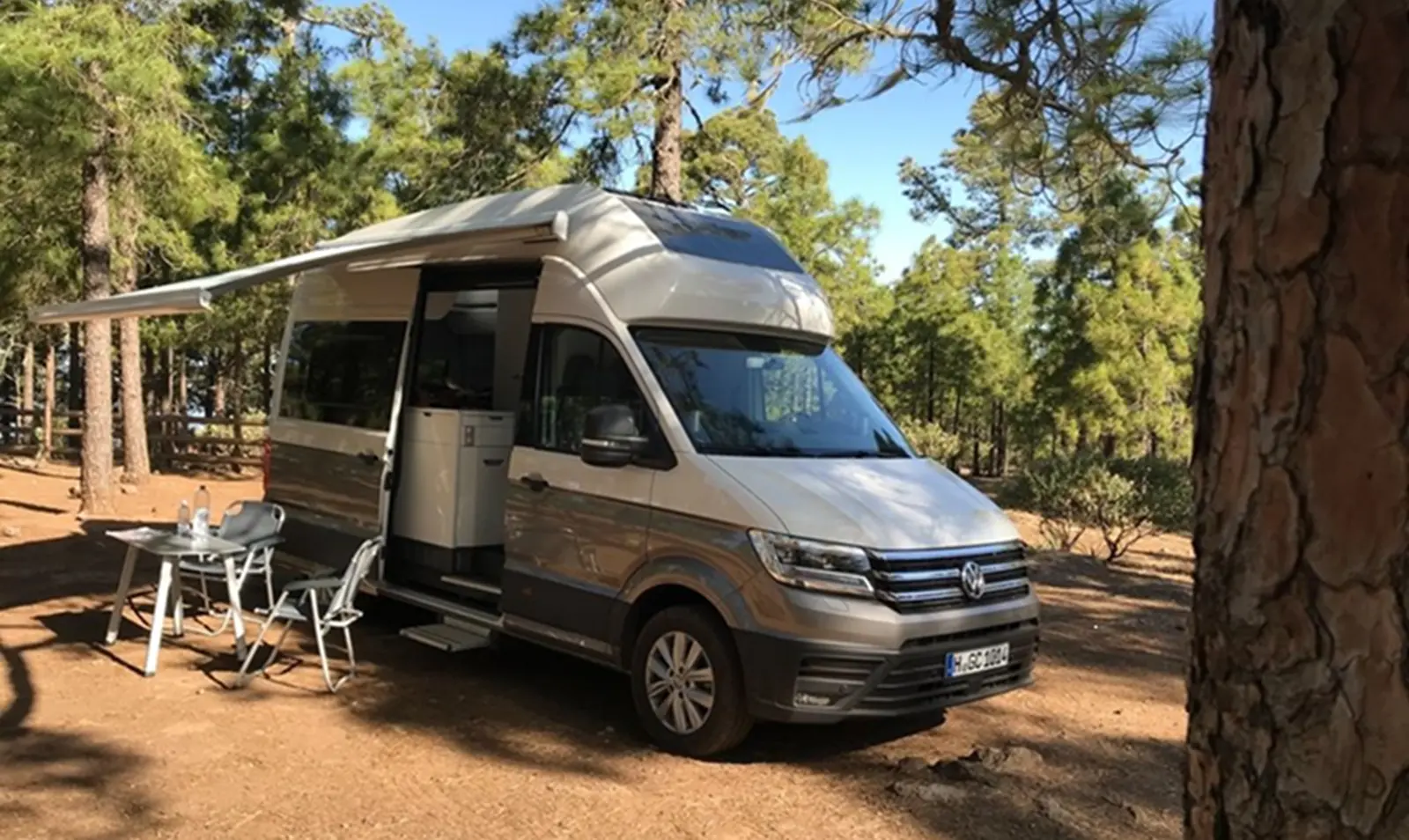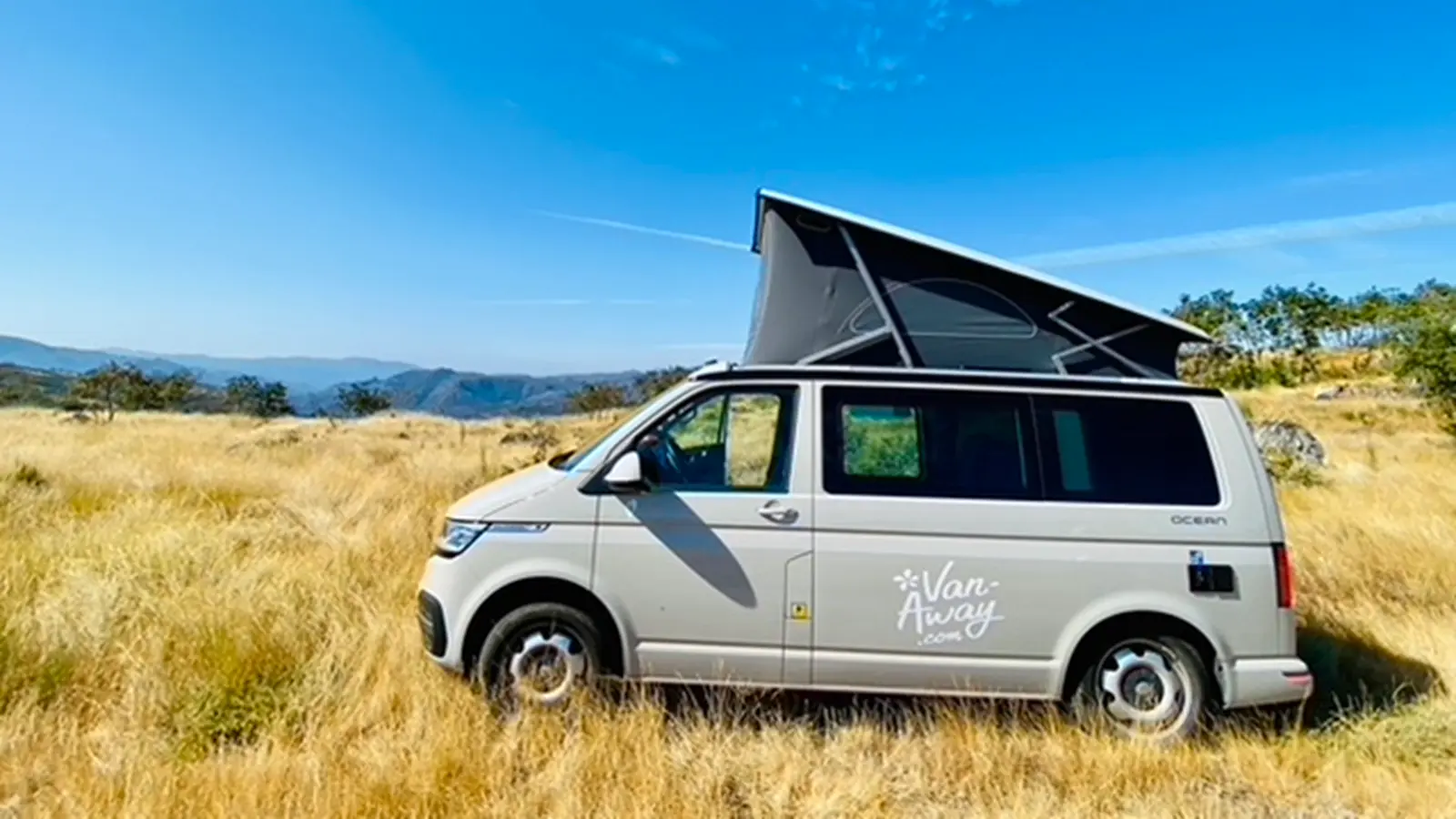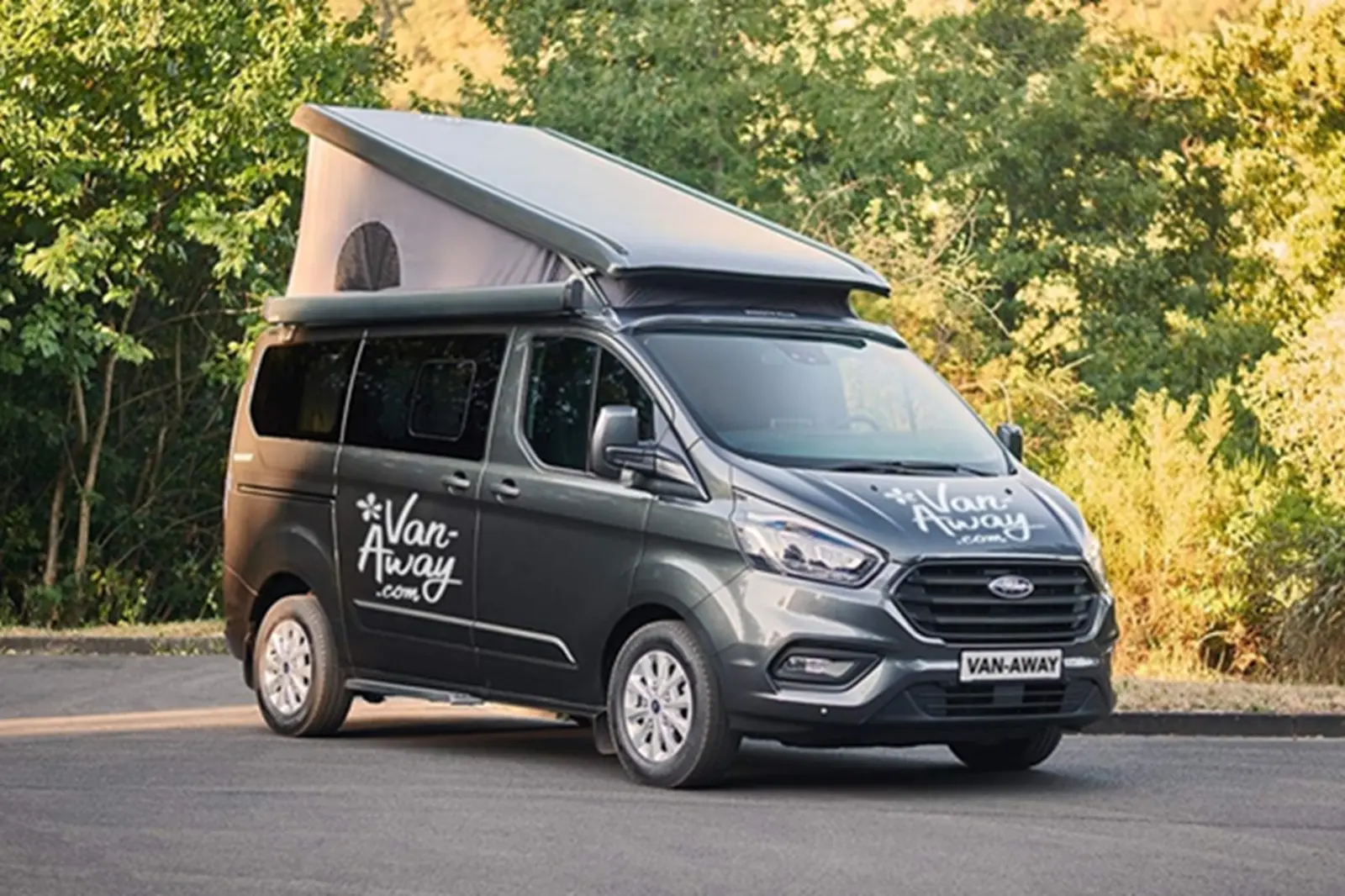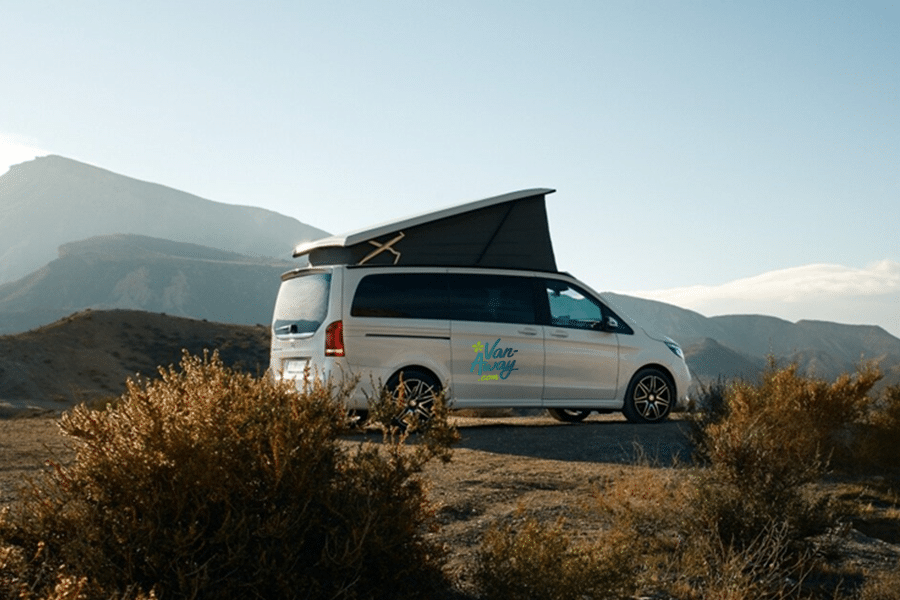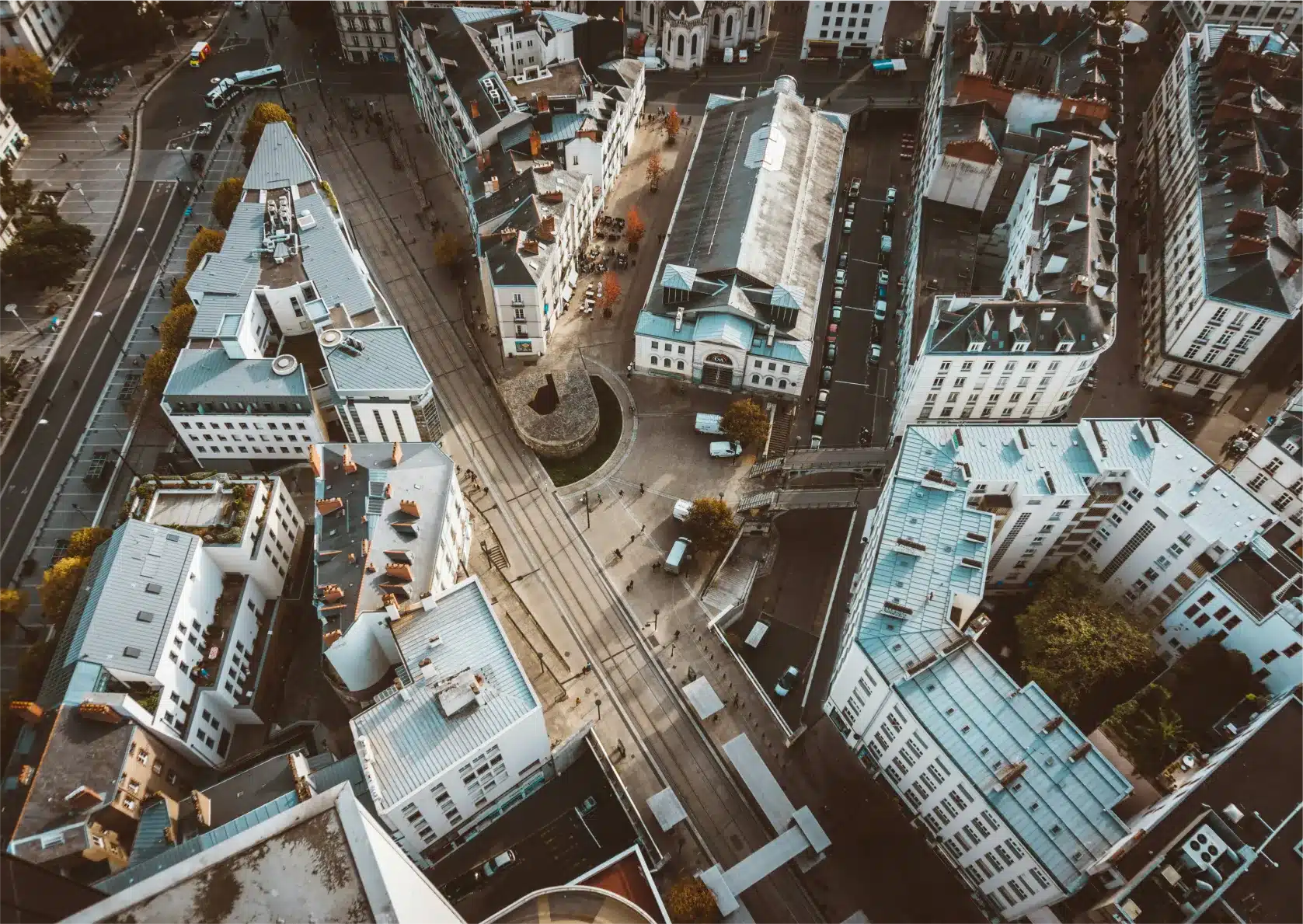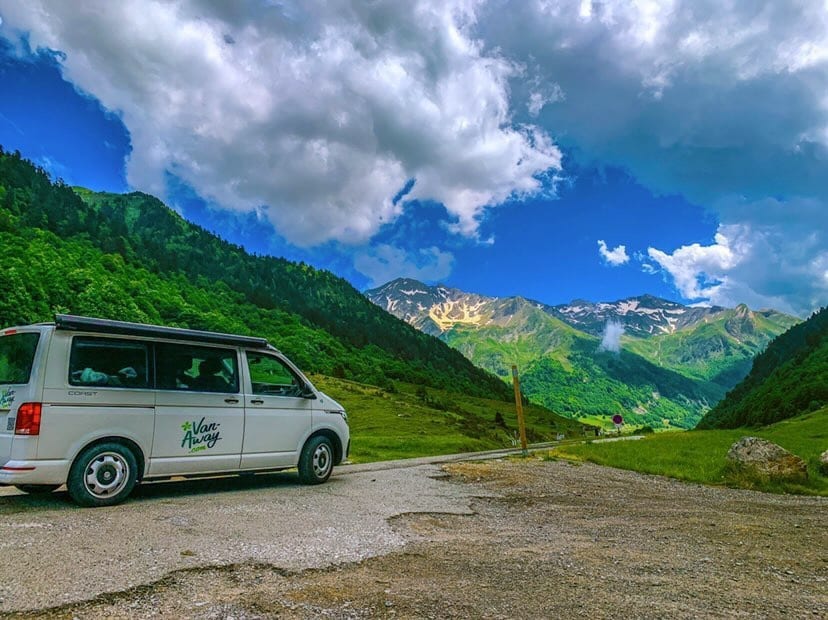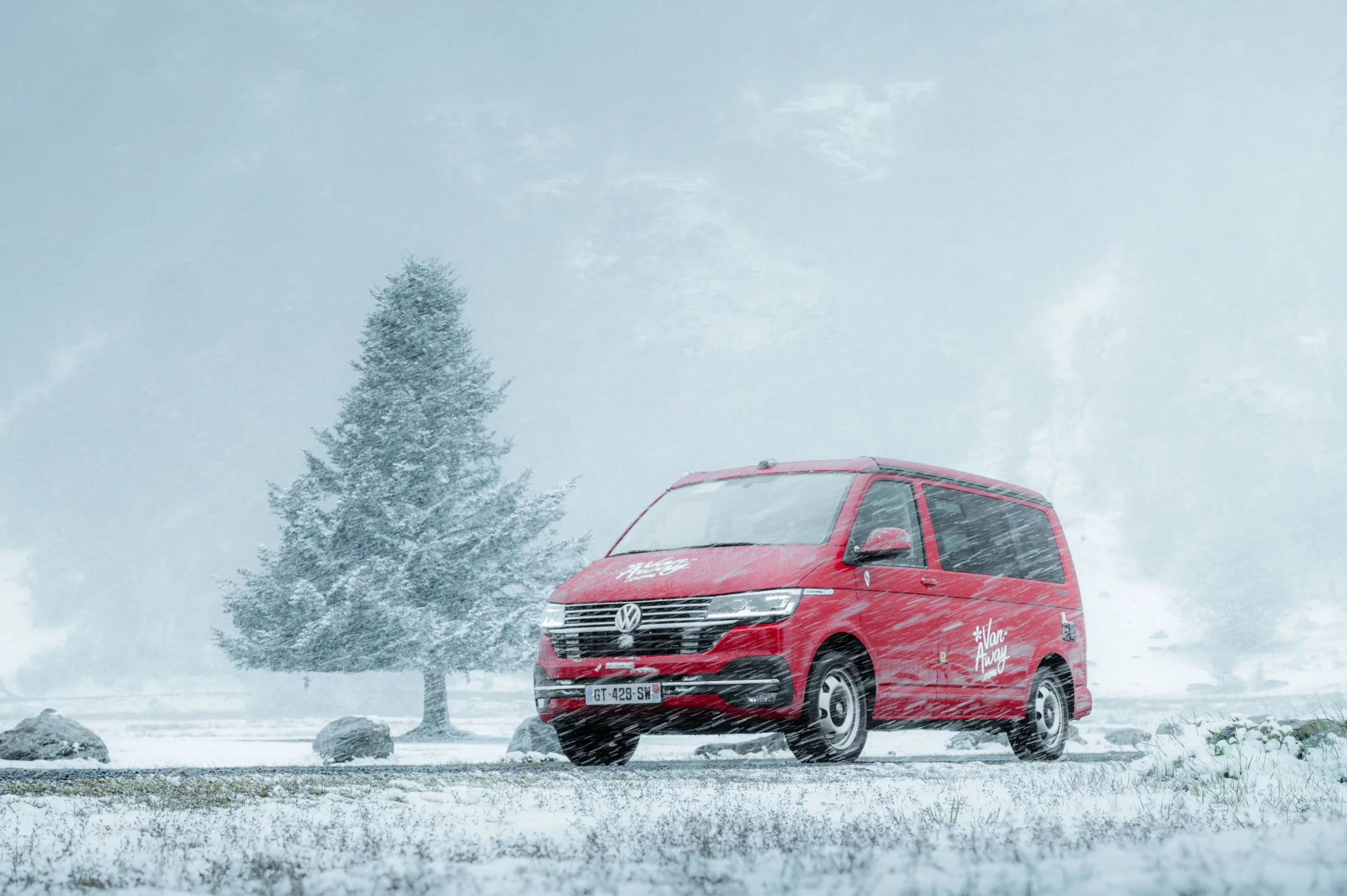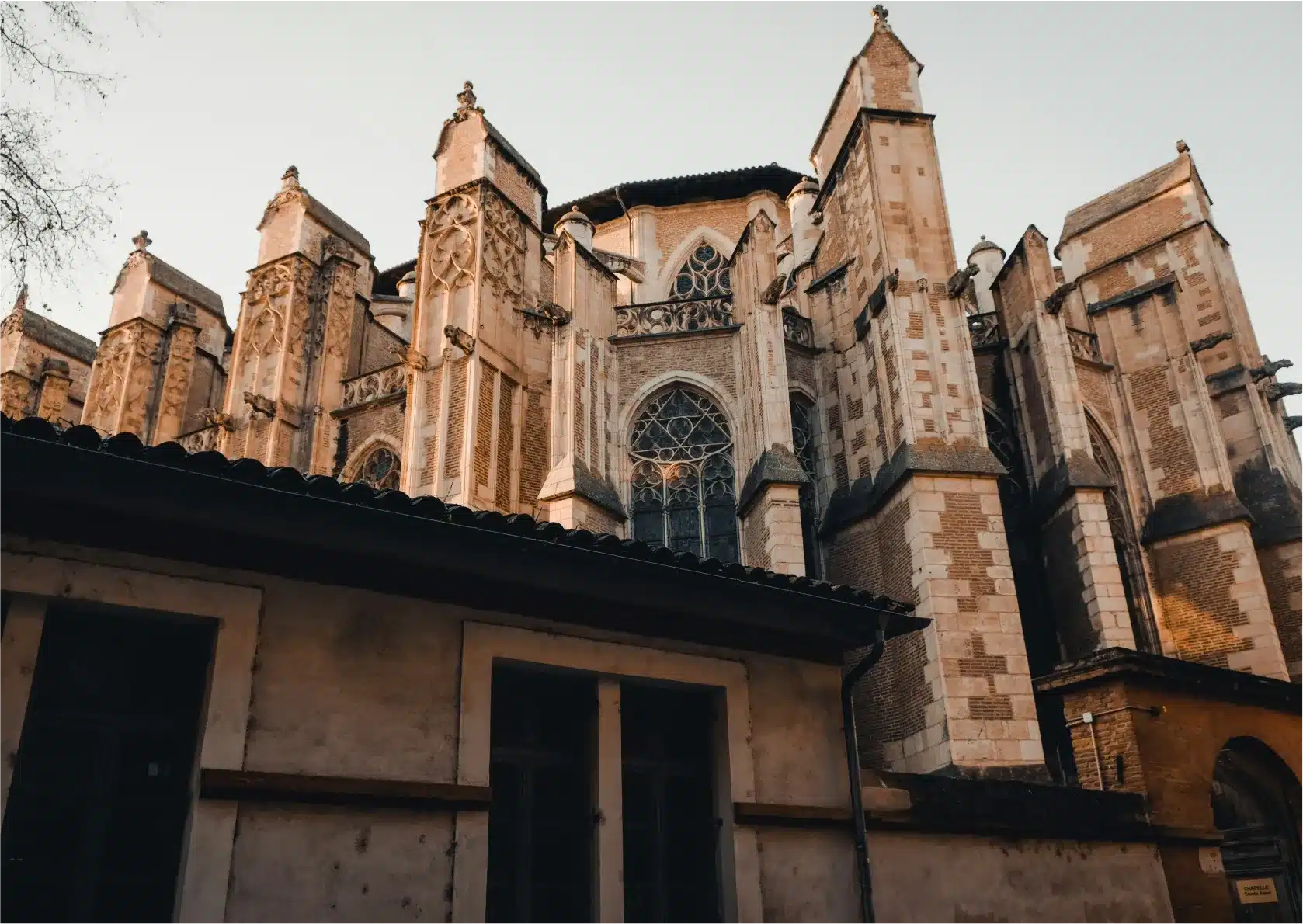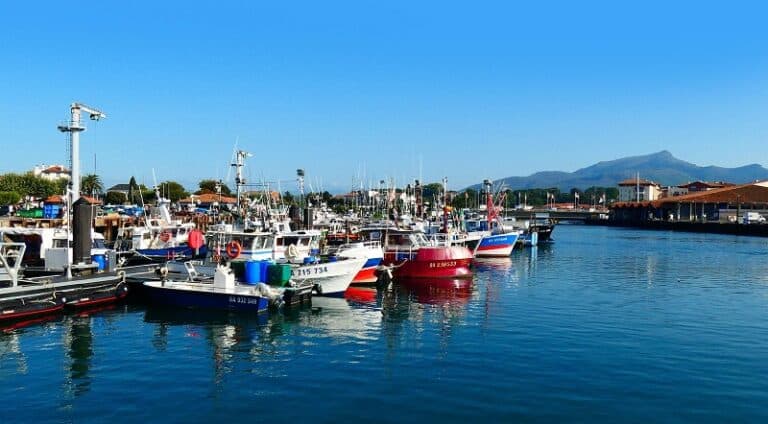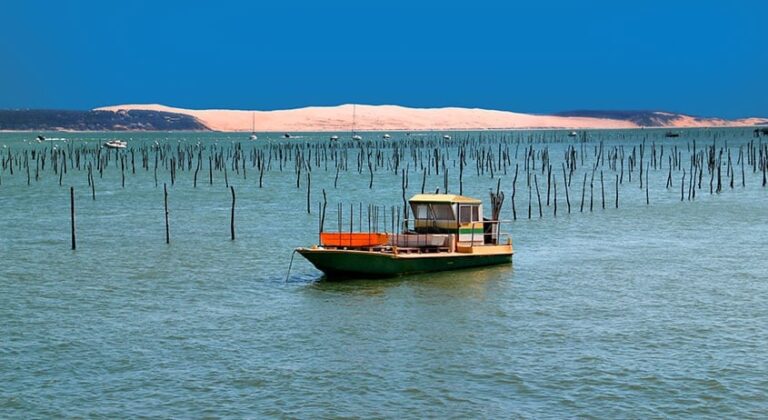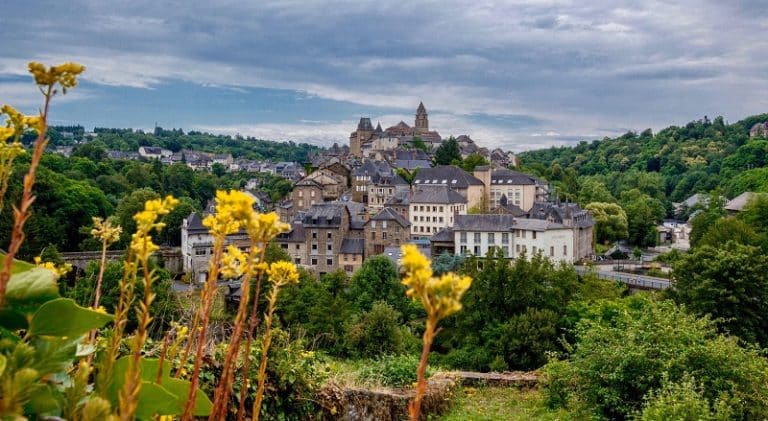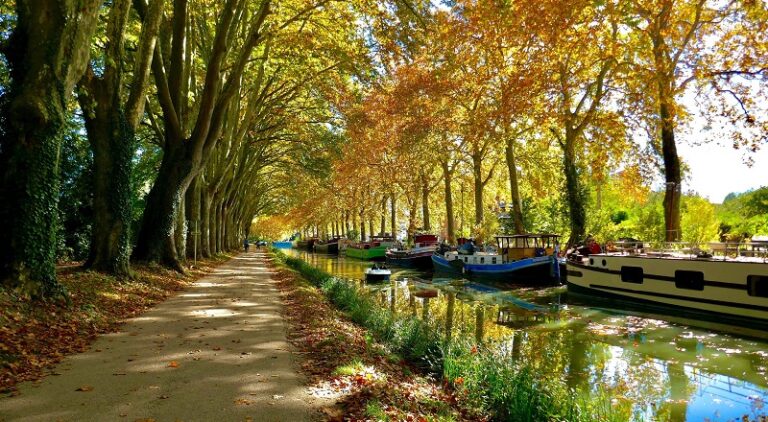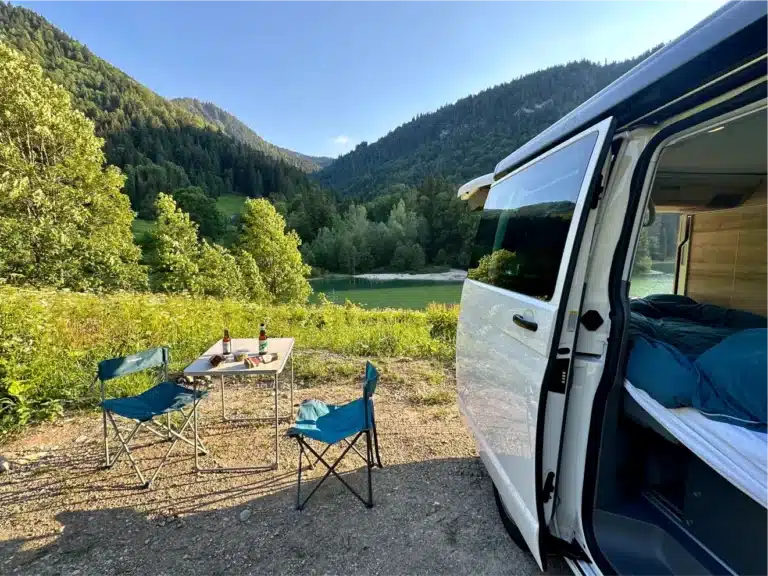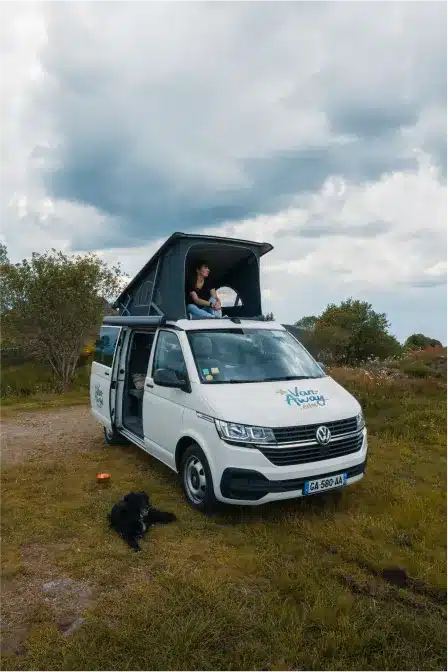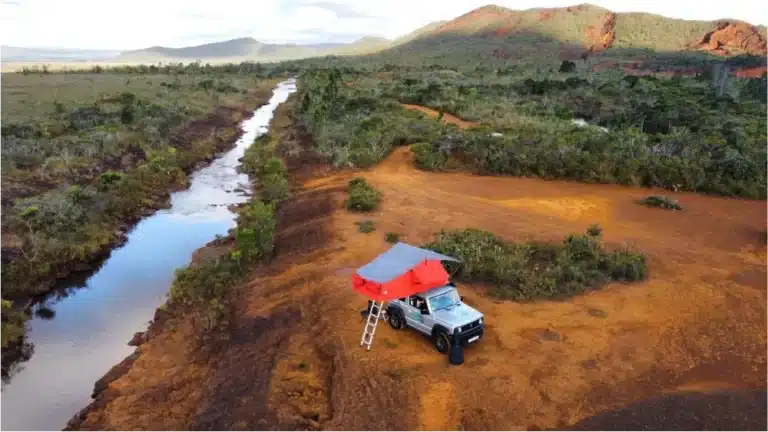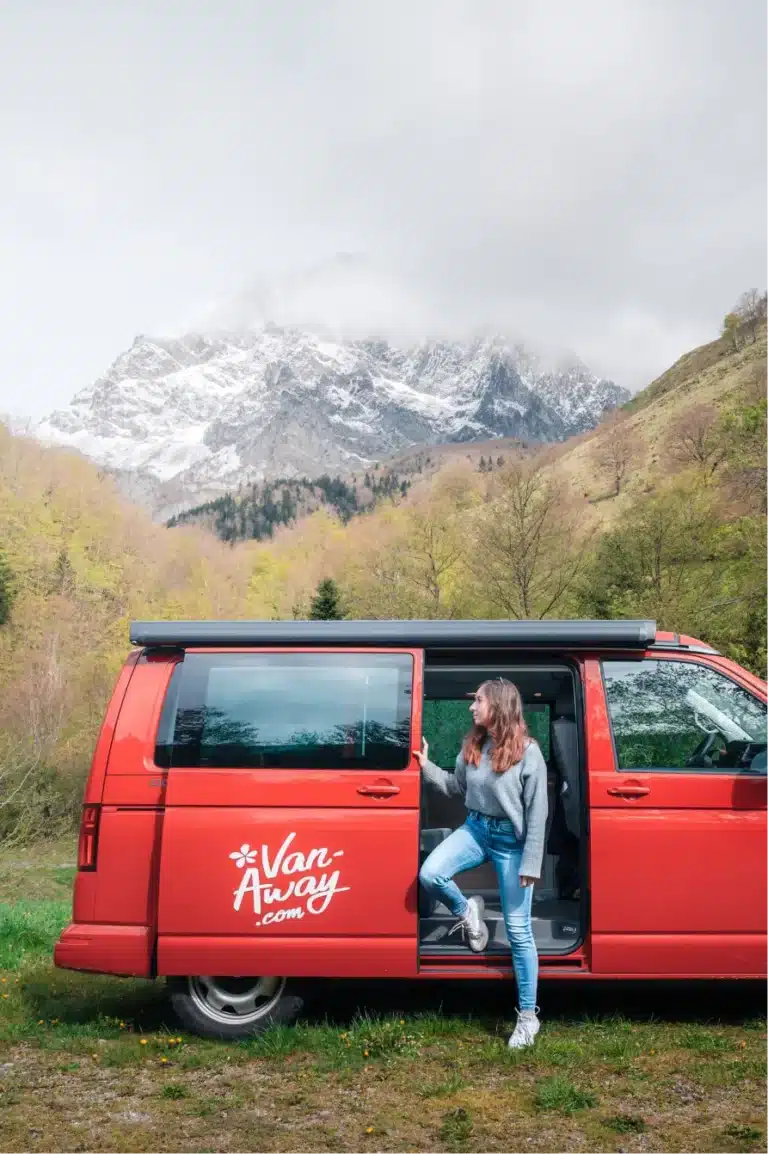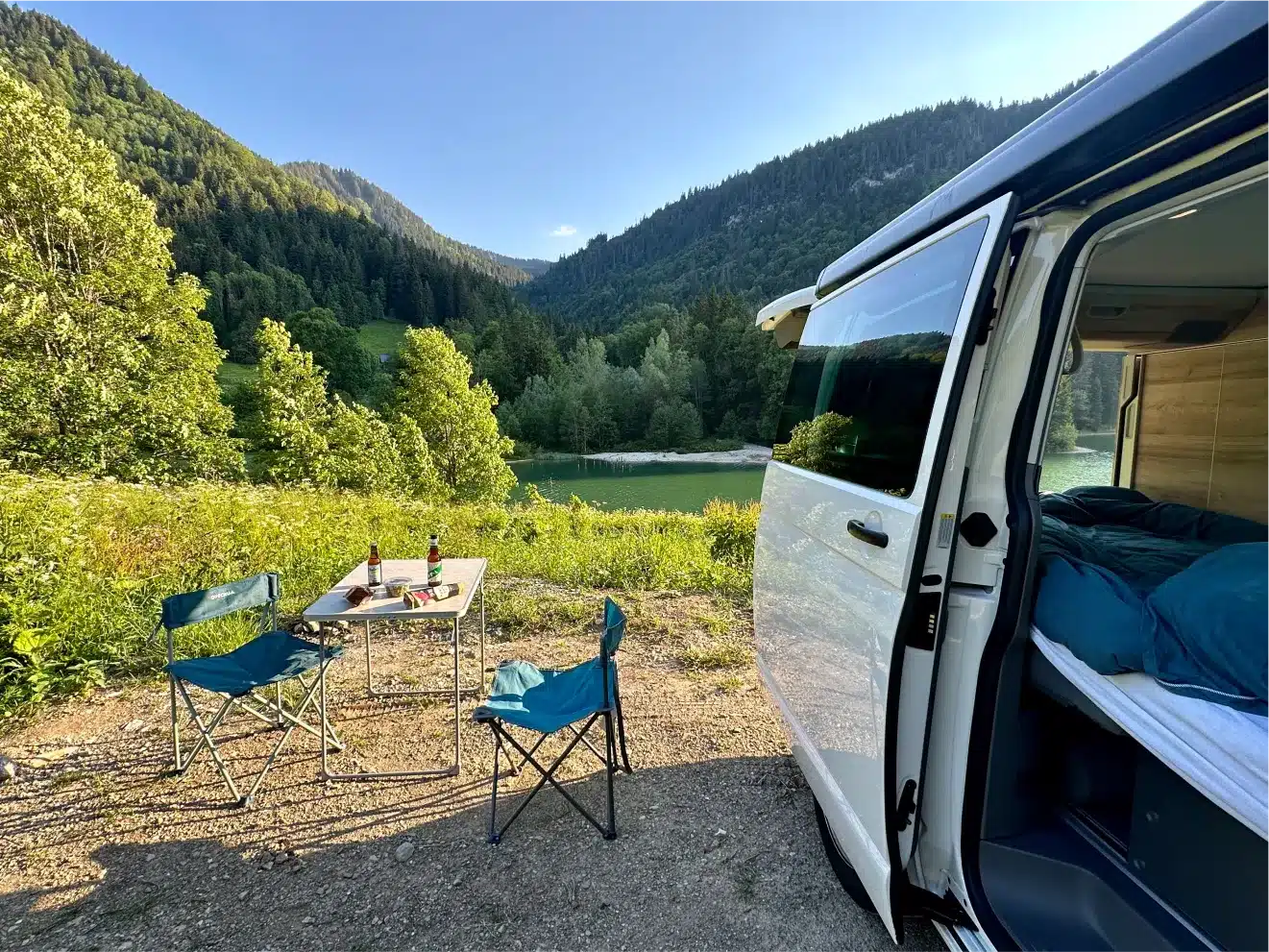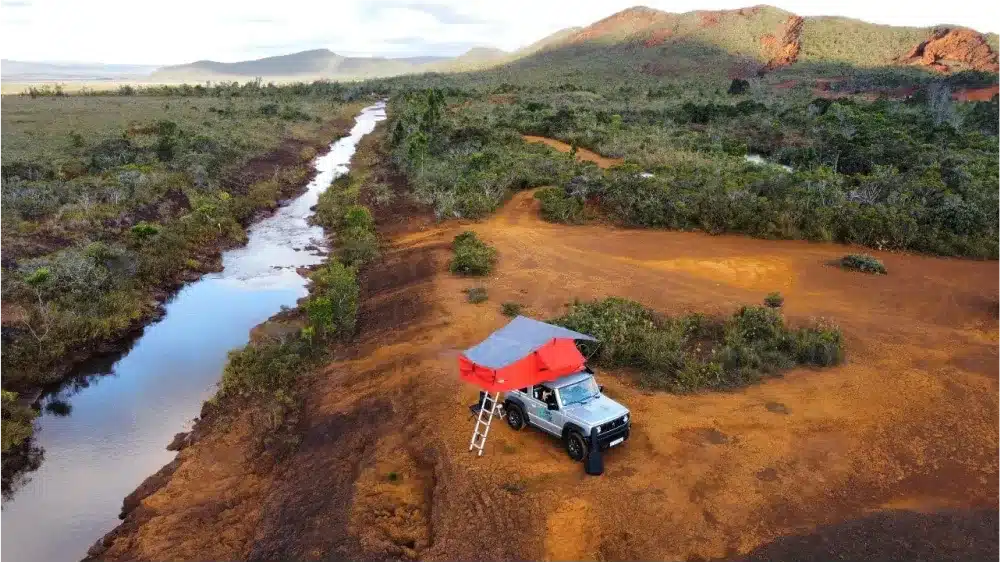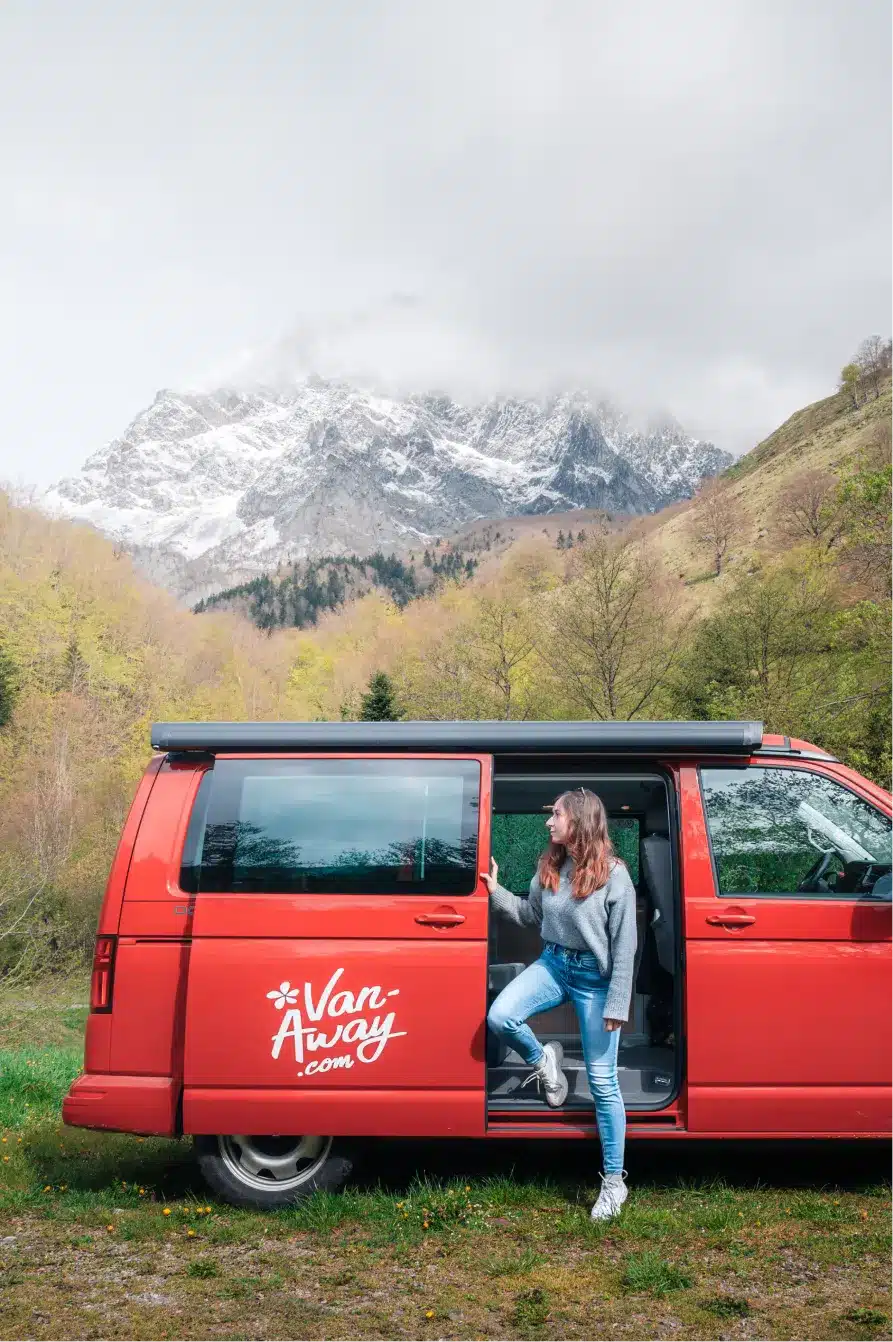About this road trip
565 km
Medium (5 to 8 days)
Sud-ouest
Rent your van from the Van-Away agencies in Bordeaux or Biarritz and set off to discover the Basque Country on a one-week road trip in a van or a converted camper van, and don’t miss any of its beaches and seaside resorts, its exceptional natural beauty, or its strong identity.
Straddling France and Spain, the Basque Country offers you many different faces.
It’s the perfect destination for lovers of active holidays (surfing, rafting, hiking, mountain biking…), for nature and exploration enthusiasts (parks and forests, wild landscapes, rugged coastlines), for those interested in culture and history, and of course for gastronomy lovers!
Trip itinerary
Day 1: Bayonne
City of water, fortified city, colorful city, Bayonne will surely charm you. Don’t miss the colorful half-timbered houses lining both sides of the Nive river, the Sainte Marie Cathedral, the discovery of Petit Bayonne (crossing the Nive to the east), and a walk at the foot of the Vauban ramparts.
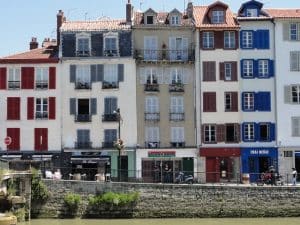
And if you’re in the mood, attend a bullfight, enjoy chocolates at Chocolats Daranatz or a pastry at Lionel Raux!
Tips:
Park at the Porte d’Espagne parking lot, it’s free.
For the night, during high season, avoid the seaside. Choose the countryside instead. From Bayonne, two options: the Adour Valley, via the D261, or the charming little village of Arcangues, above Biarritz / Bidart. Another option for those who prefer comfort: the Etche Zahar campground (pool, shade) 15 km east of Bayonne, in Urt via the D261.
Day 2: Biarritz – St Jean de Luz
Beach day and sightseeing in the two most beautiful seaside resorts of the region: Biarritz and Saint Jean de Luz. Dramatic terrain, extravagant and whimsical architecture, and a splendid sea.
Don’t miss:
In Biarritz: the seafront and the main beach, the fishing port, the Rock of the Virgin, and the lighthouse viewpoint at Pointe Saint Martin.
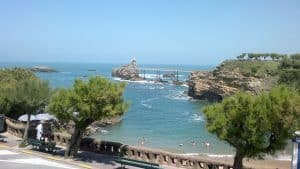
In Saint Jean de Luz: the beach, the Saint-Jean-Baptiste Church, more beach, the Place Louis XIV in the historic center, yet another beach stop, and finally the macarons from Maison Adam!
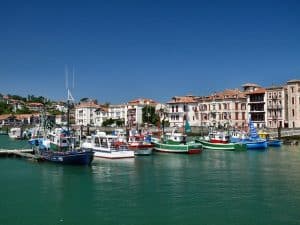
Overnight tips:
You can choose a campsite by the sea (appropriately named “Camping Bord de Mer”!)
… or head inland along the Nivelle river toward Ascain to find a quiet spot in the countryside
… or go further down the coast toward Hendaye to find less urbanized seaside areas. There are some beautiful spots above the cliffs.
Day 3: Nivelle Valley
A day dedicated to exploring the inland areas, with the must-do ascent of La Rhune, either on foot for the more adventurous, or by small train for the delight of children.
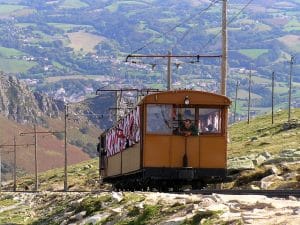
Ascain, starting point for the hike up La Rhune, but also for many other trails. Visit the village and the Txopinondo artisanal cider house.
Saint-Pée-sur-Nivelle, a very pretty village, with an option for children 2 km away to have fun at a lake with sandy beaches, zip lines, etc.
Sare, another beautiful traditional village with white houses, and the departure point for the cogwheel train up La Rhune (departure from the Saint Ignace pass, between Ascain and Sare)…
…a little gem in varnished wood that takes you to the top of La Rhune at 8 km/h: you’ll have plenty of time to spot vultures and herds of pottoks.
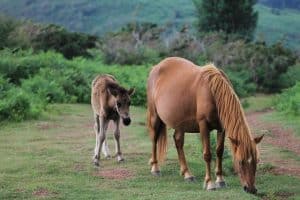
Espelette, with its colorful half-timbered houses, is famous for its peppers. Try to visit on market day (Wednesday), or else put together a picnic from the Ttipia mini-farm, a must-stop for food lovers.
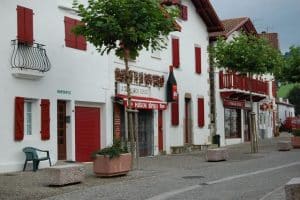
Tips for the night:
Stay inland to enjoy peace and coolness (especially during high season)
… or find a wild spot by the sea, near Hendaye. There are some beautiful places above the cliffs.
Or take advantage of your 10% discount on your pitch at Camping de la Corniche in Urrugne thanks to our partnership with the Flower Campings network.
Day 4: Jaizkibel and Donostia (San Sebastian)
Head back out with your camper van toward the coast and the seaside resorts. Off to the Spanish Basque Country, take the Basque coastal road, running along the shore from Guéthary to Hendaye.
Cross the border to discover Hondarribia, a fortified town and fishing port, with its historic center and the Charles V Castle.
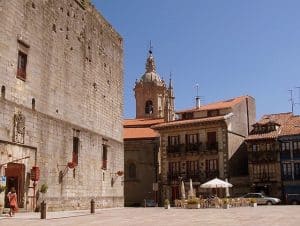
It’s high time to go explore Donostia. One road you must not miss: the coastal road crossing the Jaizkibel hill. Make a stop there, and hike down the large rocky slopes to the cliffs — a breathtaking landscape.
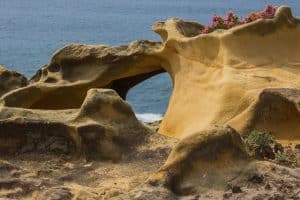
Upon arriving in Donostia, you’ll fall under the spell of this magnificent shell-shaped bay, bathed in turquoise waters.
Its lively city center is a temple of tapas bars (pintxos), restaurants, and shops.
Try the tapas at La Cuchara de San Telmo: pintxos are taken to the next level of fine cuisine!
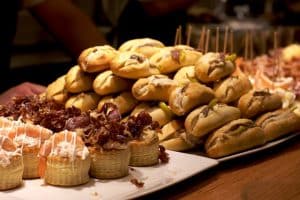
Besides the Donostia beach (Playa de la Concha), visiting the city, and shopping (cool t-shirts and accessories at the Kukuxumusu shop), kids will love the Monte Igueldo amusement park, with spectacular sea views.
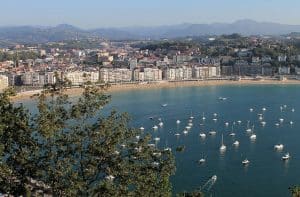
Overnight options:
It’s possible to sleep in the Monte Igueldo parking lot. The parking may be paid in summer (to be verified…)
Or on the beachfront parking lot (honestly, we’ve never tried it in peak season…)
Or drive back up to the Jaizkibel hills to find a wild and peaceful spot.
Day 5: Getaria and Bilbao
A detour to Bilbao is possible for those who want to see as much as possible and don’t mind a few extra kilometers. If you’d rather continue enjoying Donostia and its surroundings, then indulge a bit longer and skip ahead to the next day’s itinerary: heading back via Pamplona.
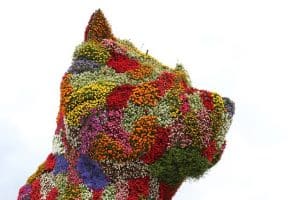
To reach Bilbao, head west along the Biscayan coast and make a stop at the port of Getaria, a fishing port nestled in a beautiful bay surrounded by cliffs.
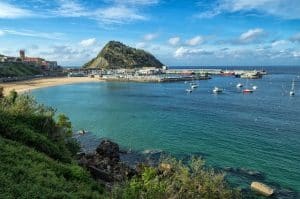
Try the local drink, Txakoli, a slightly sparkling white wine that is hard to find elsewhere.
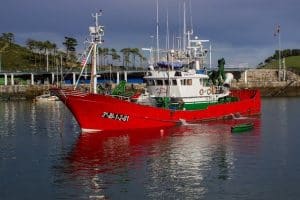
Still following the coast, pass through the lovely towns of Ondarroa and Lekeitio before arriving in Bilbao, the most populated city in Biscay, where you absolutely shouldn’t miss the Guggenheim Museum, a stroll through the historic district…
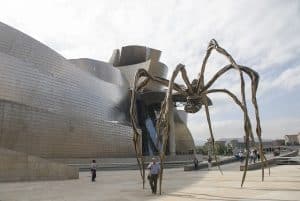
…the old port of Getxo, and the viewpoint from Mount Artxanda, accessible via funicular.
Overnight tips:
Avoid the city center. Head back toward the coast where you came from to find a quiet place (Getxo, Gorliz, Plentzia…)
Not many campgrounds in the area… If you’re looking for one, head to Gorliz and stop at Camping Arrien.
Day 6: Pamplona and Roncesvalles Valley
Renowned for the famous San Fermin festival, the capital of Navarre holds a fascinating history within its walls.
In addition to the Santa Maria Cathedral and its cloister, you can stroll through the city at random, passing by the Plaza del Castillo, Calle San Nicolas, and Calle Mayor.
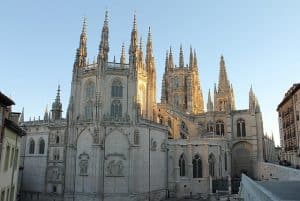
For those visiting from July 6 to 14, the San Fermin festival is of course an event not to be missed, for those who enjoy street shows, crowds, music… and above all, madness!

Leave the city via the N135 and after 40 km, you’ll reach the beautiful Roncesvalles Valley, a must-see stop on the Camino de Santiago.
Superb forest landscapes and a well-known monastery. Other stunning valleys in the area are also worth a detour, especially if you haven’t had your fill: notably the Iraty and Aezkoa valleys.
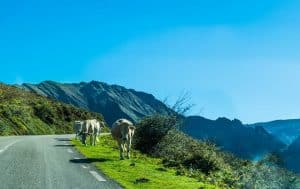
In this region, you’ll easily find a peaceful spot to spend the night. Otherwise, the Urrobi campsite, located 3 km south of Roncesvalles, welcomes you at the edge of the forest.
Day 7: Saint Jean Pied de Port, Saint Étienne de Baigorry
The return from this Basque journey is through the stunning villages of Saint Jean Pied de Port and Saint Étienne de Baigorry.
A bastide village that has preserved its medieval charm, Saint Jean Pied de Port is a key site in the Basque Country. Take the time to explore its historic center, with colorful houses, and stroll along its ramparts. There are also many beautiful hikes nearby—ask the tourist office for recommendations.
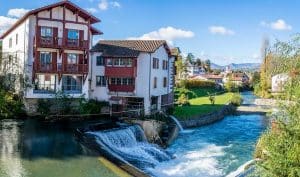
Between Saint Jean Pied de Port and Saint Étienne de Baigorry, visit the Irouléguy vineyard, the only AOC wine of the region, where you can enjoy some very pleasant walks…
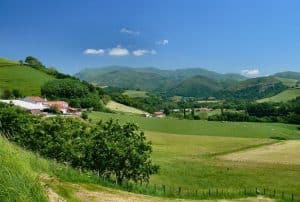
Less visited than Saint Jean, Saint Étienne de Baigorry is a charming town along the Nive river, with its superb Roman bridge.
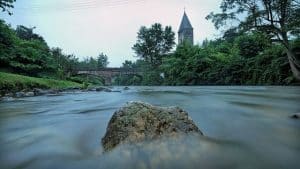
With these final touches of authenticity, you begin your journey back by heading down the D933 toward Orthez. We hope you’ve enjoyed the Basque Country!
